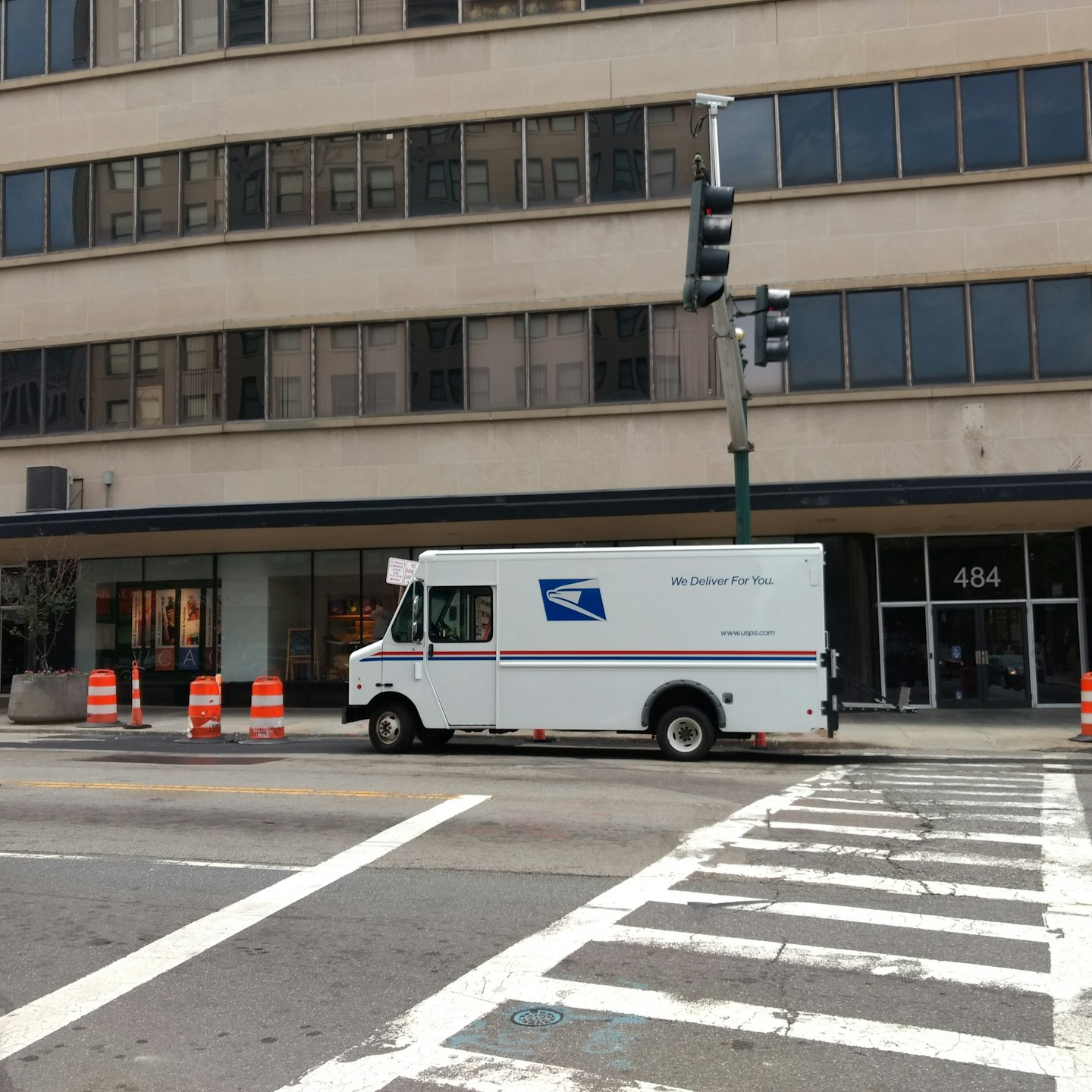Key Takeaways
-
PSHB automatically includes drug coverage for Medicare-eligible enrollees, making a separate Medicare Part D plan unnecessary—and potentially problematic.
-
Enrolling in a standalone Part D plan while enrolled in a PSHB plan can create conflicts, duplicate coverage, and potentially lead to the loss of PSHB prescription drug benefits.
Understanding What PSHB Already Covers
As of 2025, the Postal Service Health Benefits (PSHB) Program provides integrated prescription drug coverage for Medicare-eligible annuitants and their eligible family members. This coverage is delivered through a Medicare Part D Employer Group Waiver Plan (EGWP), which is built into your PSHB plan automatically.
This means if you’re enrolled in a PSHB plan and also eligible for Medicare, you already have access to:
-
Comprehensive prescription drug benefits
-
A nationwide pharmacy network
-
Protections like a $2,000 annual out-of-pocket cap for covered drugs
-
A $35 monthly insulin cost cap (for applicable drugs)
-
The Medicare Prescription Payment Plan (new in 2025), allowing you to pay your drug costs monthly instead of all at once
This level of coverage is substantial. It ensures continuity, cost containment, and simplified access—all under your PSHB umbrella. But it only works if you avoid making changes that unintentionally override these benefits.
Why Standalone Medicare Part D May Conflict With PSHB
Enrolling in a separate Medicare Part D plan while you’re already covered under a PSHB plan can cause immediate disruptions. Medicare does not allow dual enrollment in multiple Part D drug plans. If you enroll in a standalone Part D plan, Medicare will automatically disenroll you from your existing Part D coverage—which includes the PSHB-integrated EGWP.
This means you may unintentionally:
-
Lose your prescription drug coverage under PSHB
-
Incur higher out-of-pocket costs
-
End up with a drug plan that is less coordinated with your health benefits
-
Miss out on integrated services like simplified billing and automatic coordination with Medicare Part B
You Might Be Paying Twice—Without Realizing It
The PSHB program includes the cost of prescription drug coverage within its total premium. So if you add a standalone Medicare Part D plan, you’re essentially paying for:
-
Drug coverage that’s already included in your PSHB plan
-
Another, separate plan that may not coordinate with your other benefits
Worse still, PSHB will not reduce your premium if you choose to opt out of its built-in Part D benefit. This means any extra premiums from a separate Part D plan come directly out of your pocket, without reducing the cost of your PSHB plan.
The 2025 Prescription Coverage Enhancements Under PSHB
In 2025, several prescription drug benefits under the PSHB-integrated Part D EGWP plan are enhanced, offering you better protection and more predictable costs:
-
Annual Out-of-Pocket Cap: Your total out-of-pocket spending for covered Part D drugs is capped at $2,000.
-
Prescription Payment Flexibility: The Medicare Prescription Payment Plan allows you to spread drug costs evenly across the year.
-
Expanded Drug Access: Most PSHB plans provide access to a wide formulary that includes generics, brand-name medications, and specialty drugs.
-
Insulin Pricing Limits: Covered insulin products are capped at $35 per month, regardless of the number of prescriptions.
These enhancements are exclusive to your PSHB Part D integration. They are not guaranteed in a standalone Part D plan, which is why opting out could mean losing access to this coordinated cost protection.
What If You Accidentally Enroll in a Part D Plan?
If you mistakenly enroll in a separate Medicare Part D plan, your PSHB-integrated Part D benefit will be terminated by Medicare. You’ll receive a notice explaining that your EGWP enrollment is being canceled. Unfortunately, you cannot be re-enrolled in the PSHB-integrated Part D benefit until the next available enrollment window, unless you qualify for a Special Enrollment Period (SEP).
This can leave you with:
-
Gaps in drug coverage
-
Higher out-of-pocket costs during the lapse
-
Potential denial of medications you previously accessed through PSHB
If you’ve already made this mistake, contact a licensed agent listed on this website immediately to discuss your options for returning to your integrated PSHB drug coverage.
How PSHB Coordinates With Medicare Part B and D
PSHB plans are designed to work in harmony with Medicare Part B and the built-in Part D EGWP. Here’s how the coordination works:
-
Medicare Part B covers outpatient medical services (like doctor visits and durable medical equipment)
-
The PSHB plan coordinates secondary benefits to reduce your share of costs
-
The EGWP Part D portion covers prescription drugs, while the PSHB plan may offer additional pharmacy support (e.g., mail-order benefits or wellness programs)
You don’t need to add anything extra unless your specific prescription needs are outside the covered formulary. But even then, a licensed agent can help you explore options within PSHB-compatible solutions.
Who Needs to Enroll in Medicare Part D?
If you are enrolled in a PSHB plan and are Medicare-eligible, you do not need to enroll separately in Medicare Part D. In fact, doing so could compromise your benefits. However, if you are not enrolled in a PSHB plan—or you lose eligibility—you may then need to consider standalone Part D coverage.
Key points to remember:
-
PSHB automatically enrolls you into a Medicare Part D EGWP once you become eligible
-
You do not need to take any action to receive this benefit
-
You must stay enrolled in a PSHB plan to retain your integrated drug coverage
Annual Reviews and Coordination Letters Matter
Every year, you should review your PSHB plan’s Annual Notice of Change (ANOC) and Evidence of Coverage (EOC) documents. These materials outline any changes to:
-
Your plan’s formulary
-
Your cost-sharing responsibilities
-
Your provider and pharmacy networks
Additionally, if Medicare or PSHB sends you a coordination letter or notice of a coverage change, read it carefully. Ignoring it could result in automatic disenrollment or coverage changes that you didn’t intend.
Also, confirm whether your pharmacy continues to be in-network under your PSHB plan’s Part D offering. Using an out-of-network pharmacy could lead to full-cost charges.
Enrollment Periods to Watch in 2025
If you are considering any changes to your coverage, be mindful of the following Medicare and PSHB enrollment periods:
-
Medicare Open Enrollment: October 15 to December 7, 2025
-
PSHB Open Season: November to December 2025
-
General Enrollment Period (Medicare Part A/B): January 1 to March 31, 2025 (for those who missed their Initial Enrollment)
-
Special Enrollment Periods (SEPs): Triggered by life events like retirement, loss of coverage, or moving
You cannot make changes to your PSHB-integrated drug coverage outside these windows unless you qualify for a SEP. That’s why proactive planning is essential.
Your Next Step: Think Before You Enroll
Medicare Part D can be a valuable standalone resource—but not when you’re already enrolled in a PSHB plan that includes integrated drug coverage. Adding another Part D plan can jeopardize your benefits and create unnecessary costs.
Instead, review your PSHB plan’s drug benefits carefully, understand the integration with Medicare, and evaluate your needs annually during Open Season. If you’re ever unsure, speak directly with a licensed agent listed on this website who understands the unique coordination rules between PSHB and Medicare.
Get the Right Coverage Without the Risk
The PSHB program is designed to simplify your health benefits, especially when you become Medicare-eligible. But simplicity requires careful coordination. Mistakenly enrolling in a separate Medicare Part D plan can unravel the built-in protections and cost benefits that PSHB provides.
Before you make any decisions about additional coverage, get personalized help. Speak to a licensed agent listed on this website to ensure you’re not accidentally paying for redundant plans or risking disenrollment.













